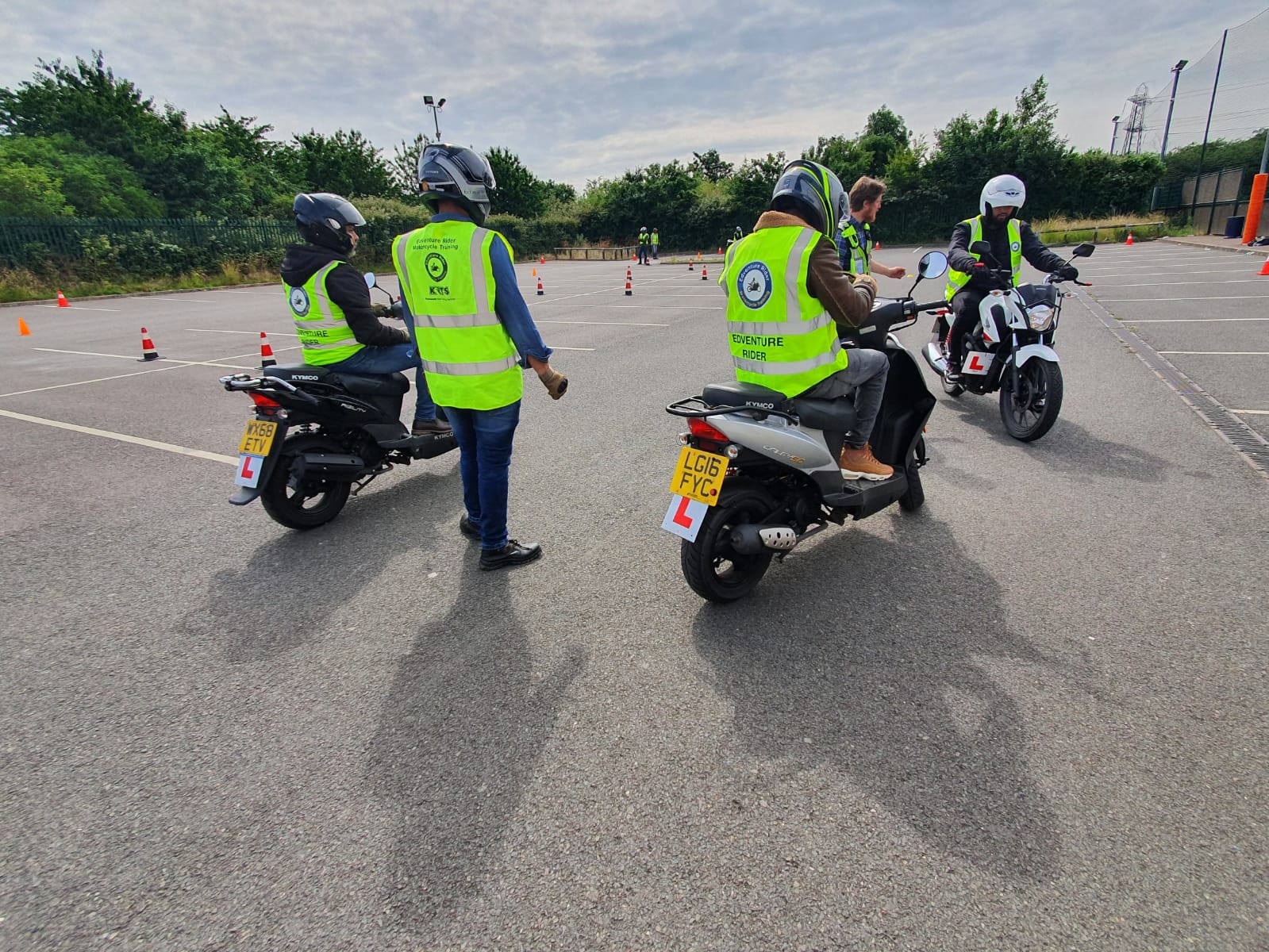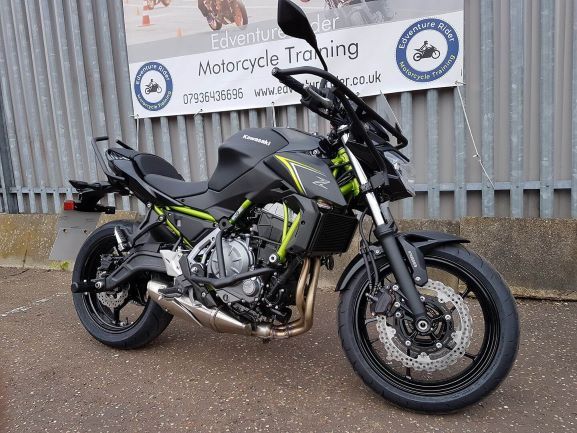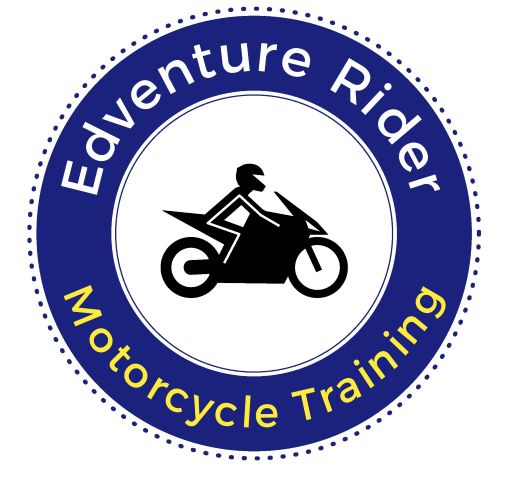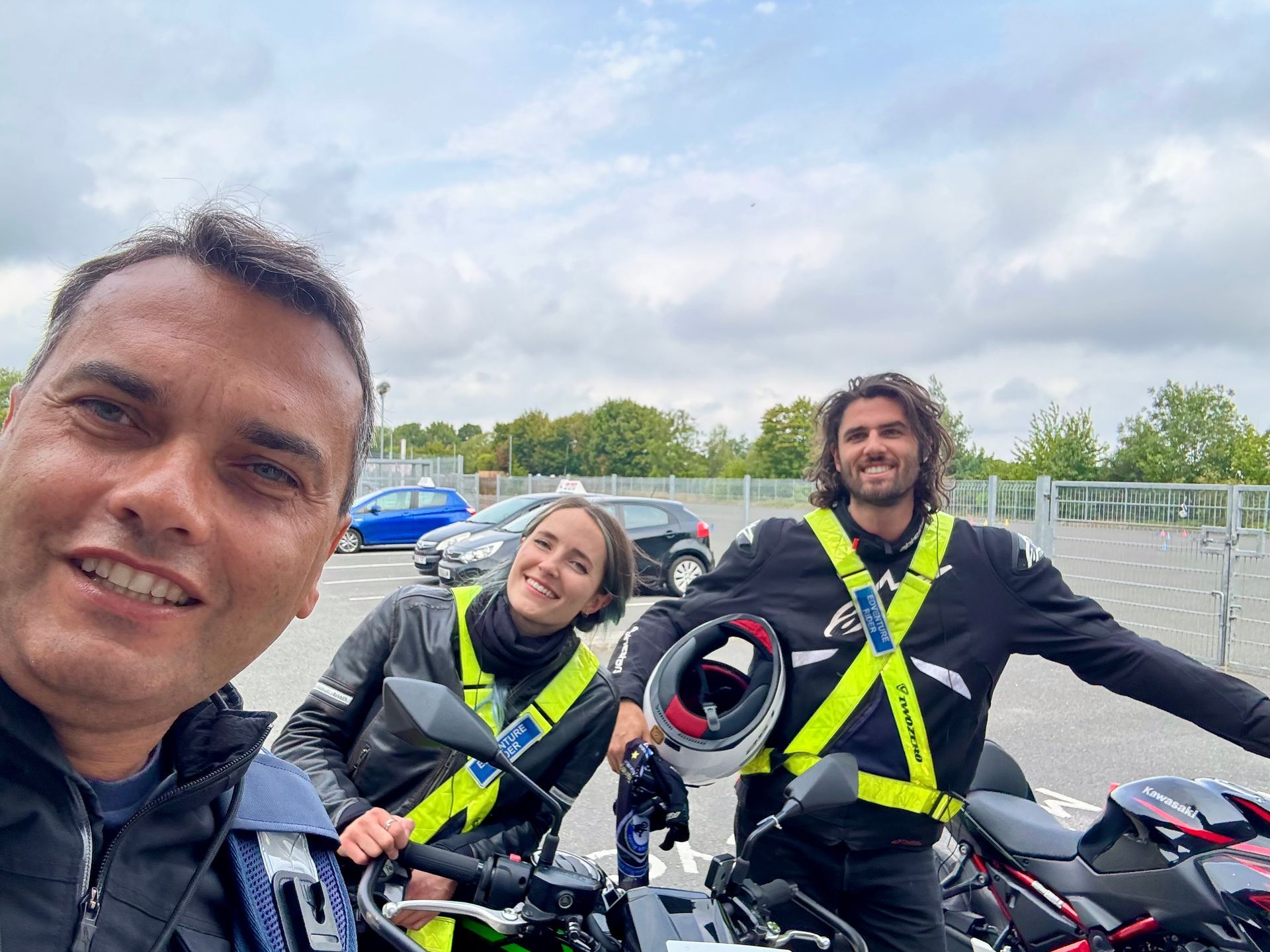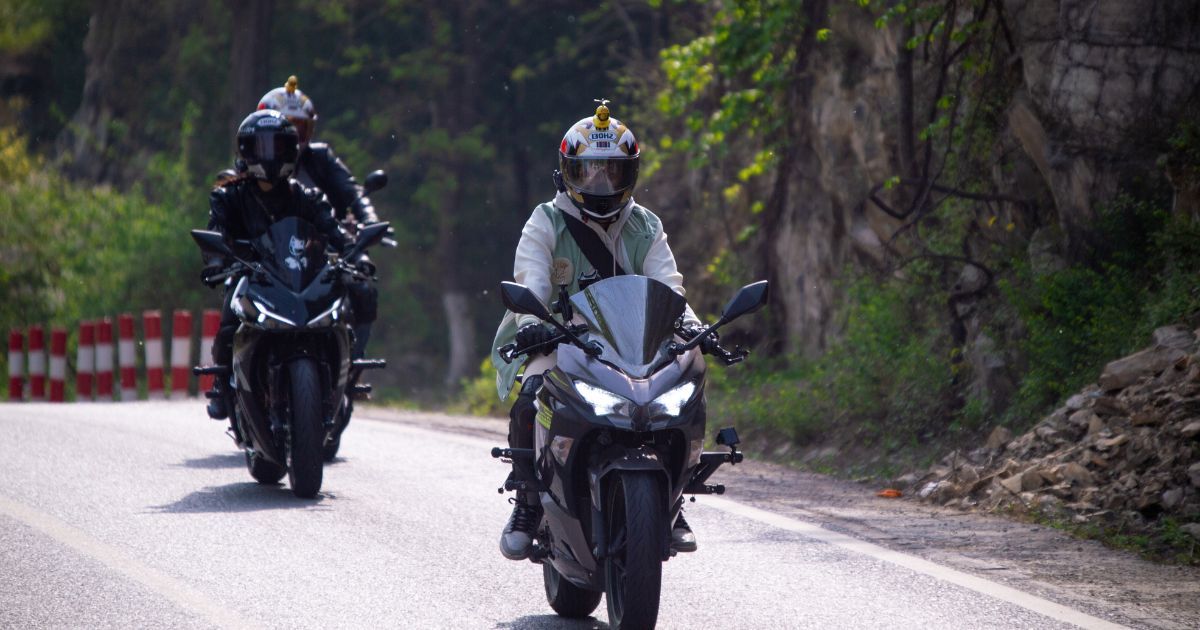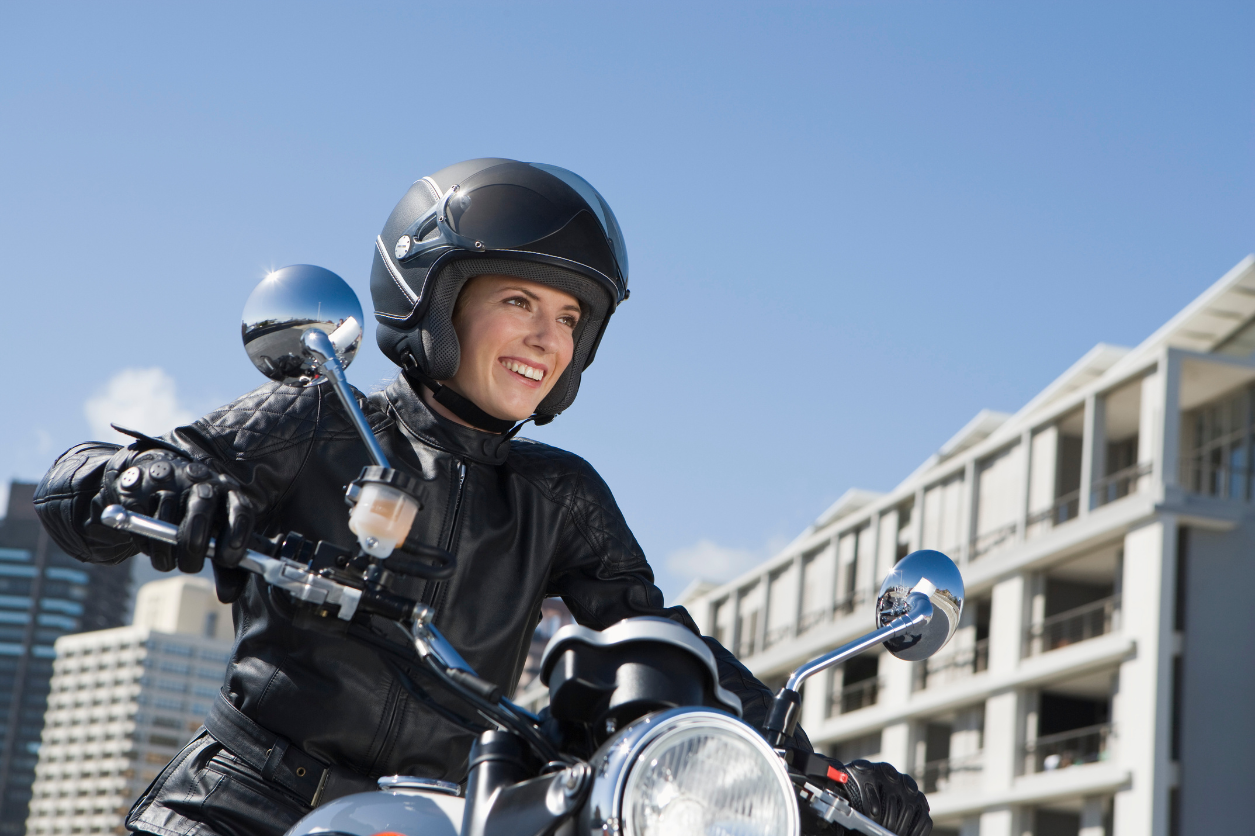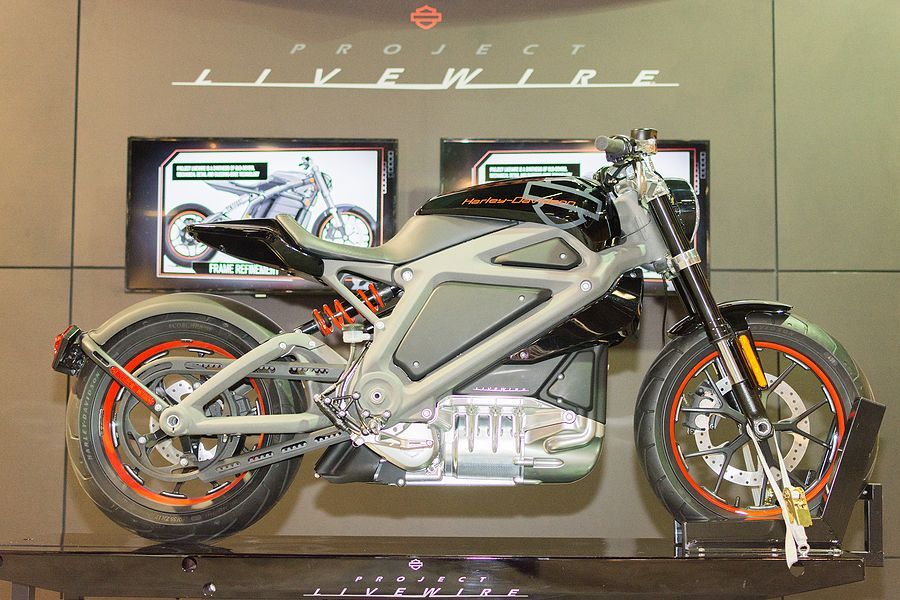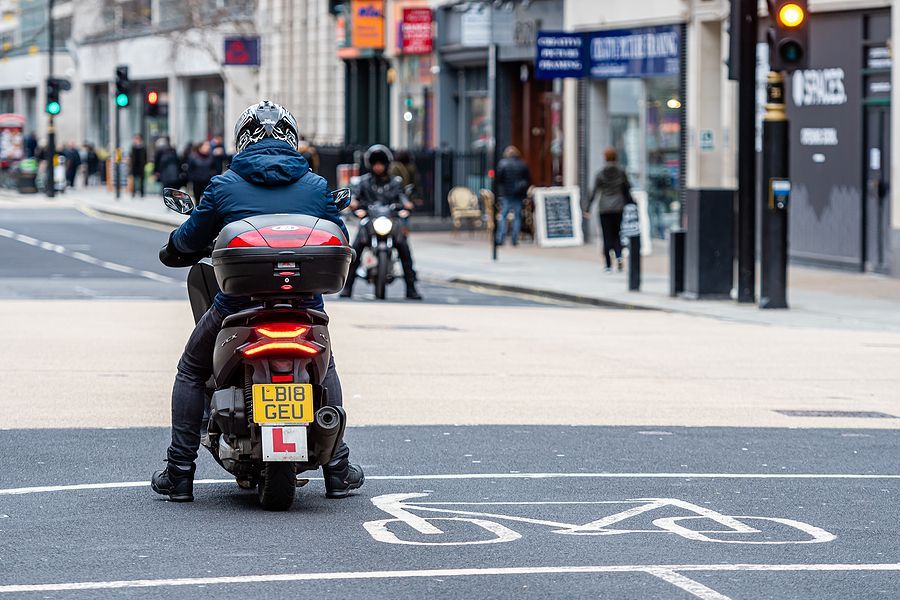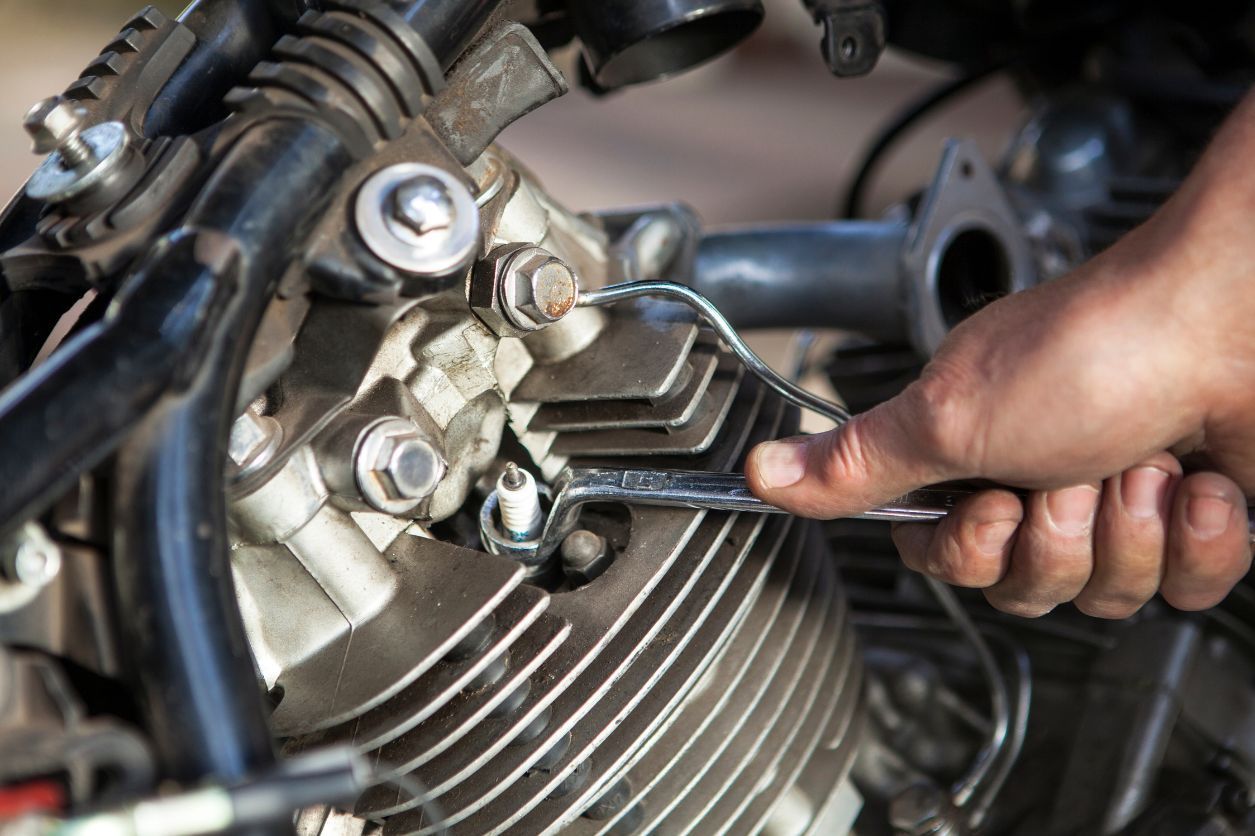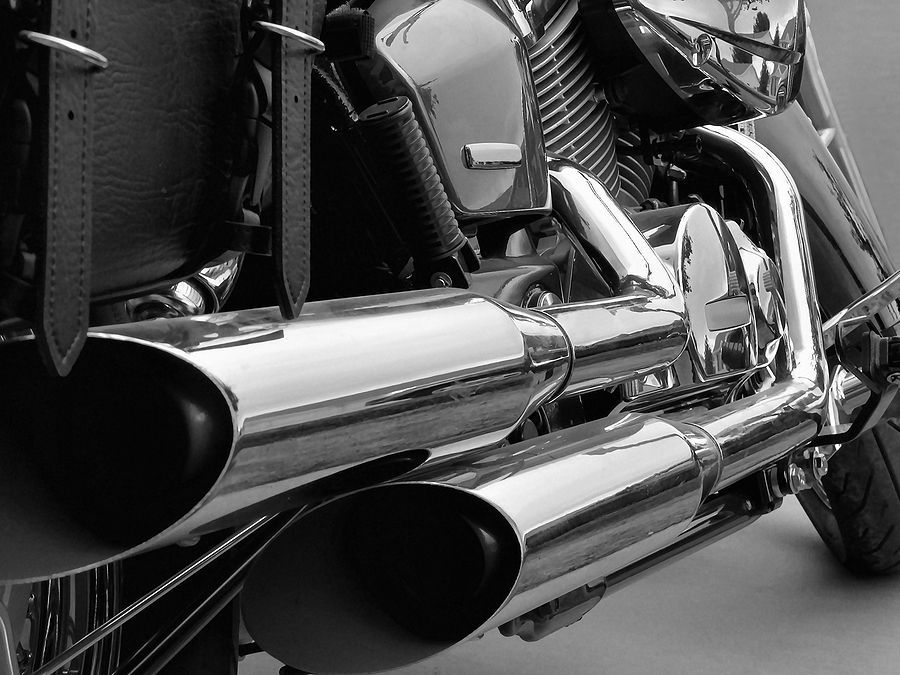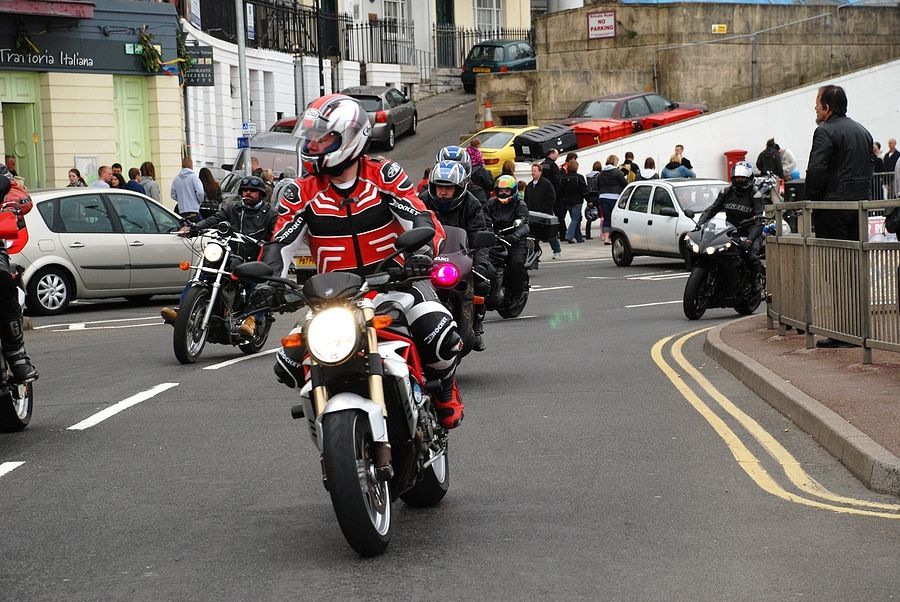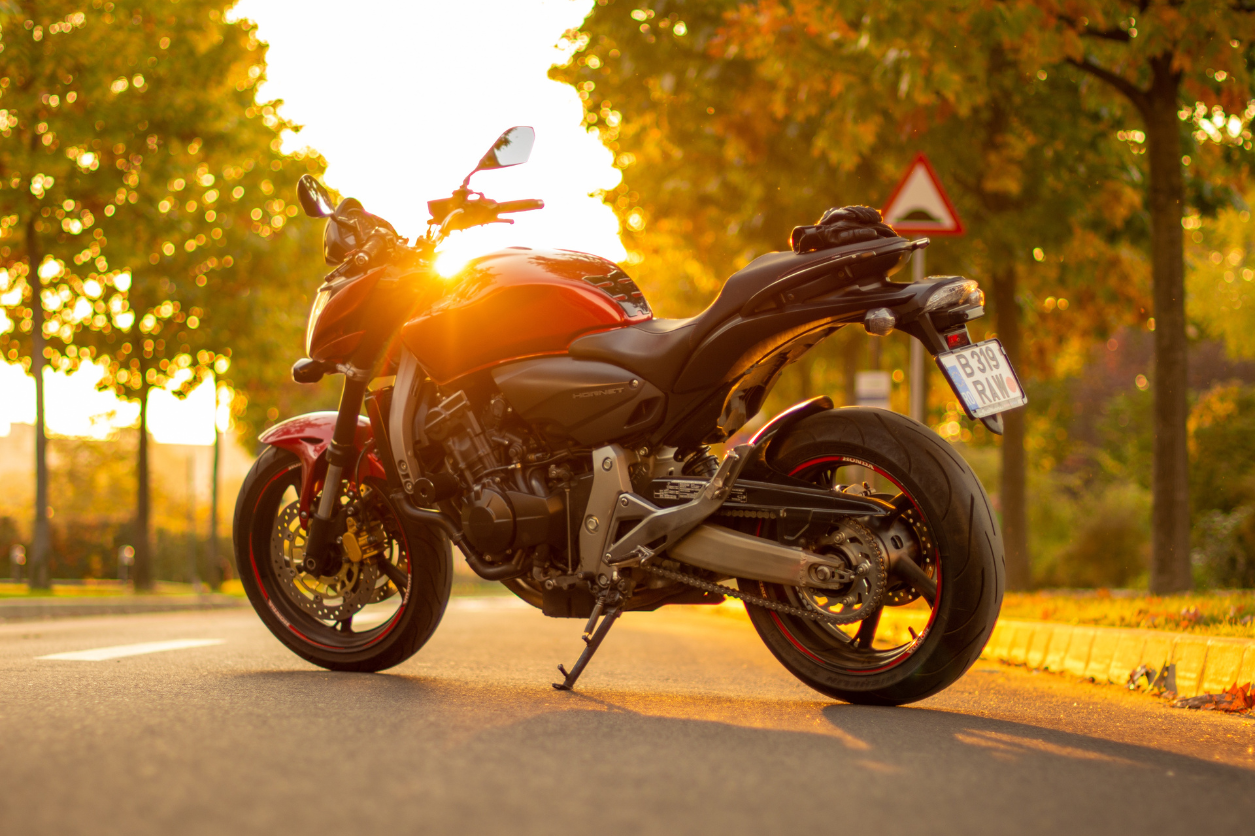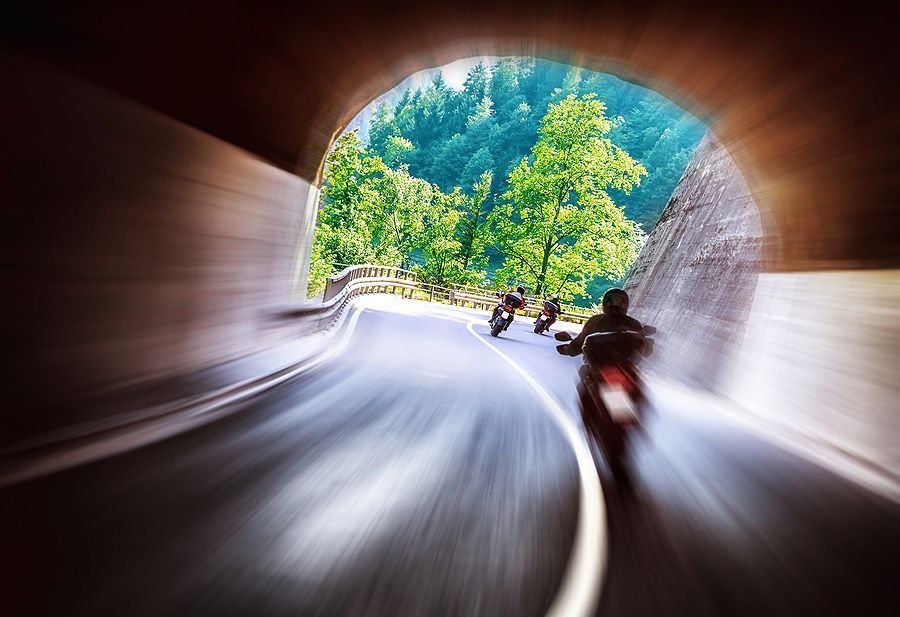Why ‘Ride To Work Day’ Has Become So Important In The UK
‘Ride to Work Day’ might have originally been an American campaign, but it has become popular worldwide over the last few years, as bikers aim to promote the presence of motorcycles on the road.
It originated in 1992, taking place on the third Monday in June. This year, however, it was held on Tuesday June 11th and, since the phenomenon has settled in the UK, it has been supported by the Motorcycle Action Group (MAG).
It was intended to encourage the use of motorcycles for transportation and increase other road users’ awareness of motorbikes.
MAG’s director of campaigns and political engagement said: “Riders in the UK have another opportunity to get to work on a motorcycle, but the work this year is about securing a flourishing future for motorcycling.”
By encouraging more riders to head out on their bikes on one day, this helps to create a big impression on car drivers, pedestrians and cyclists, who are often accused of ignoring bikers on the road.
Many riders see passing their motorcycling training as a way to provide them with a recreational skill, so they can enjoy using their motorbike for leisure purposes.
However, this means many bikers only use their vehicle for fun and clock up just a few miles every year.
Encouraging people to use their motorcycles to work could make it more common for bikers to commute on their two wheels. Having more motorbikes on the roads would, subsequently, force drivers to become more attentive to other road users.
“We’d all be safer on the roads if there were more of us and we were, therefore, a prominent and expected part of the transportation system,” the RevZilla blog states.
A greater number of riders would increase their safety in the long-run, as motorists will start to pay more attention to their presence.
